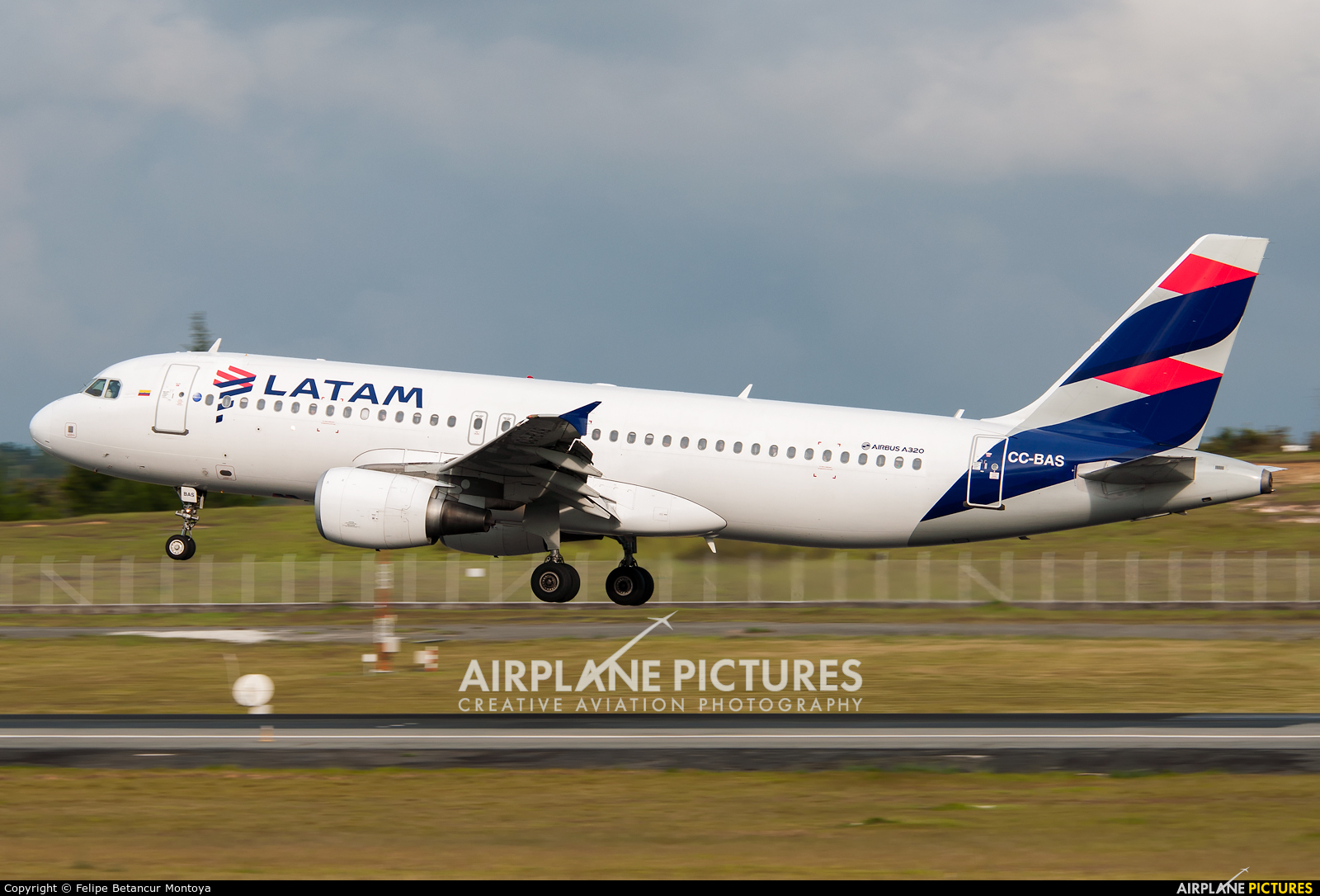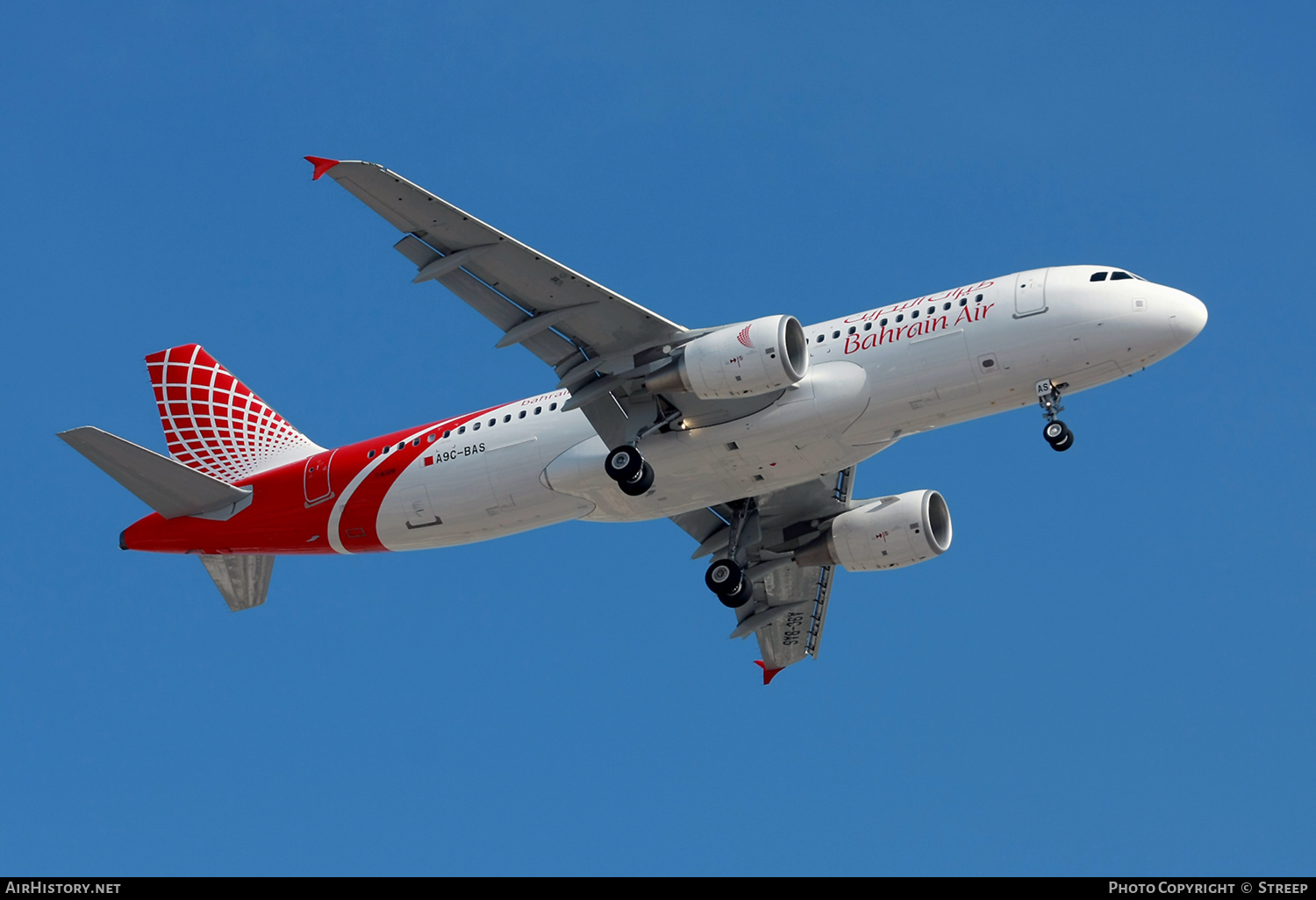Bas Aircraft - Our goal is to implement an ambitious airborne science and logistics program and provide a global capability that gives the environmental science community access to a variety of aircraft platforms and instruments. The fleet includes five specially adapted aircraft (one de Havilland Canada Dash 7 and four Twin Otters).
At the beginning of each season, the crew - eight pilots and four engineers - transport the plane from the northern hemisphere to the south. Flights to Antarctica occur between October and March during the Antarctic summer, as the darkness of winter and extremely cold temperatures prevent flying at other times.
Bas Aircraft

Scientists are flying research planes through the heart of Arctic storms this summer to better understand how climate systems affect polar sea ice. Arctic cyclones are the main types of…
Bas Business Aviation Solutions
Despite the global pandemic, the strong strategic relationship between the Government of the Falkland Islands (FIG) and the British Antarctic Survey () has continued to grow. After the success...
Scientists today (April 23) began a three-week flight campaign to study methane emissions from gas fields in the southern North Sea. With specialized scientific equipment in a…
The British Antarctic Survey is seeking a small passenger aircraft to operate alongside their de Havilland Canada DHC-7 Series 110 (Dash 7). The aircraft will transport science, support teams and cargo between the Rothara Research Station on the Antarctic Peninsula and Punta Arenas in Chile.
The 2017 Honorable Company of Air Pilots Johnston Memorial Trophy was awarded to the British Antarctic Survey Air Unit. This is quite a recognition considering…
Aerial Photography Camera
The new season faces demanding scientific and logistical challenges. The 2015/16 British Antarctic Survey () field season is underway, with dozens of scientists and support staff - aircraft and tons...
British Antarctic Survey achieves registration for the International Standard for Business Aircraft Operations British Antarctic Survey () has achieved registration for the International Standard for Business Aircraft Operations (IS-BAO). Consequences…
Dr James France completed a week-long flight campaign with one of the twin otters, equipped with scientific instruments. Learn more about his experiences.
As I finally neared our entry point, I could see our future home in the distance, a tiny black dot on the frozen white ocean, slowly increasing in size...
Danish Register Of Civil Aircraft
Over a 15-month period between January 1990 and March 1991, a variety of physical, chemical, and biological parameters were routinely monitored in field soils from snow-displaced polygons at four sites.
Overgrowth competition, sublethal mortality (some animals are killed and the colony survives), subsequent growth from fragments, and the diversity of rock-encrusted communities (pebble to boulder size) were examined by five.
The coast of Madagascar (both) has a higher density and diversity of hermit crabs than any other region in the western Indian Ocean. Among the 20 items that appear…
Growth and mortality of 3 species (Inversiula nutrix, Selleporella bougainvillei and Fenestrulina rugula) were studied along a latitudinal gradient from 5 sites in Antarctica. Normally, the growth of marine invertebrates is...
Raf Carry Out Antarctic Resupply Mission
Frost blooms collected from the surface of fresh sea ice near the Brunt Ice Shelf in Antarctica show lower concentrations of sulfate and sodium than other seawater ions. This…
The aim is to encrusting burial communities on the rocks in the intertidal and subtidal zones (6 m) of the Southern Ocean to study the possible change in latitude. Site locations were South Georgia…
Qualitative samples of Collembola were obtained from several substrates near Huswick, Stromness Bay, South Georgia around January 1996. At Hope Point near Grythviken (Cumberland…

Two populations of the world's southernmost diving beetle (Lancetus angusticollis) were studied between November 1995 and April 1996 in sub-Antarctic South Georgia. Parallel observations were made in laboratory cultures.
Twin Otter Aircraft
Read more about the biography of Lancetus angusticollis (Curtis) (Coleoptera: Dticidae), a sub-Antarctic diving beetle found in South Georgia.
Seasonal periodicity of physical and edaphic factors, microalgae and their associated sugars and polyols in Antarctic field soils.
Read about the seasonal periodicity of physical and edaphic factors, microalgae and associated sugars and polyols in Antarctic field soils The British Antarctic Survey () intends to purchase a small passenger aircraft to operate with its de Havilland Canada DHC-7 Series 110 ( dash 7). . The aircraft will transport science, support teams and cargo between the Rothara Research Station on the Antarctic Peninsula and Punta Arenas in Chile.
The storage facility, which is part of a major Antarctic infrastructure modernization program, will provide functionality and capacity for at least five years starting in the southern summer of 2020/21.
Bombardier Challenger 604 Daeuk
Bids are solicited from suppliers who can modify an aircraft to meet its specification on a budget of £5.5m, or from suppliers who offer an aircraft that can be adapted by others to a range of requirements. The aircraft will carry a minimum passenger and cargo payload of 550 kg and will fly 923 nautical miles (nm) from Punta Arenas to Rothera Research Station and land on an 876 m gravel runway.
Rothera Research Station is the center supporting aircraft capacity. Its gravel runway supports a fleet of five aircraft specially adapted for flying in the extreme Antarctic climate. Four de Havilland Canada Twin Otters and one de Havilland Canada Dash-7 are equipped with modifications to enable aerial scientific surveys.
Please see the Contract Finder and TED OJEU Announcement links below for the call for tenders. You are live now. Please note that the call for applications ends on January 31, 2019. The Twin Otter is a twin-engine turboprop high-wing aircraft. They are used worldwide and are known for their robust construction, reliability and short takeoff and landing performance. In other parts of the world, Twin Otters are often referred to as "bush" aircraft because they are designed for remote environments.

Twin Otters are extremely versatile and can be modified to allow the mounting of airborne surveying and other scientific instruments.
Aircraft Photo Of Ph Bas
The aircraft can be operated with a single pilot and a long-range fuel tank. Dual cargo doors provide easy access for installing instrument racks.
The powered version is a wheeled/skied aircraft that lands in remote areas on snow, ice, or some other hard runway.
De Havilland Canada's Twin Otters (DHC-6) are a vital part of operations in Antarctica. Generally, depending on the project, they work in Antarctica from October to March every year.
In a typical season, people would carry fuel, skidoos, sleds, food, and scientific equipment to remote camps and descend on skis into unprepared snow. Airplanes would set up depots and collect fuel for field research parties.
Aviation Photographs Of Registration: 4x Bas
In addition to its role of ferrying people and goods between Rothera and the Falkland Islands and Punta Arenas, the Dash-7 lands on a sky-blue ice runway - a stopover for deep penetration into the continent.
During the Antarctic summer, one of the twin Otters is deployed at Halley Research Station to support operations in the eastern region up to 800 km from the station.
Dr James France completed a week-long flight campaign with one of the twin otters, equipped with scientific instruments. Learn more about his experiences.

On December 7th, our journey to the Antarctic polar plateau began, where we will spend the next few weeks as part of the research project ISOL-ICE. We went upstairs...
Piper Pa28 180 Fuselage Assembly W/(bos, Airworthiness,log Books,data Tag)
To wrap things up, I started by saying that I write a lot of my blog posts in weird/unusual/uncomfortable places...on the back of an otter or in a high mountain tent.
A week after I left for the Rothera field and the first leg of the PolarGAP survey on FD83 is almost over, I can sit back and relax a little...
The altimeter on the front of the Twin Otter aircraft reads 8500 feet as it flies south from Rothara Research Station for the next leg in our PolarGAP.
A week after iBeam left, our plane from Rothera arrived at Sky-Blu to take us further into the field to our winter vehicles at our base. callsign…
New Aircraft Investment Supports Polar Science
It's four o'clock and I'm awake, staring at the dark blue and black shadows on the ceiling of my bedroom. Just this once, I allow myself...
Scientists are flying research planes through the heart of Arctic storms this summer to better understand how climate systems affect polar sea ice. Arctic cyclones are the main types of…
On March 17, 2022 Professor Dame Jane Francis, Director of the British Antarctic Survey, Nigel Bird, Director of Major Programs at UK Research and Innovation (UKRI), Chief…

A collection of AstraZeneca vaccines has been received at the British Antarctic Survey's Rothera research station in Antarctica - the furthest south a British Covid-19 vaccine has traveled to date. ...
Kuala Lumpur, Malaysia
The field season is on. Since the RRS James Clarke Ross left the UK in November last year she has safely transported crew and essential goods summer and winter…
The British Antarctic Survey's Twin Otter aircraft take to the skies over Barbados as part of a major international research campaign to improve our understanding of clouds and their behavior.
British Antarctica
Bas degree, bas system, bas u, 1746 bas, bas hvac, building bas, bas program, bas aircraft seat belts, bas p, bas automation, siemens bas, bas controls
0 Comments